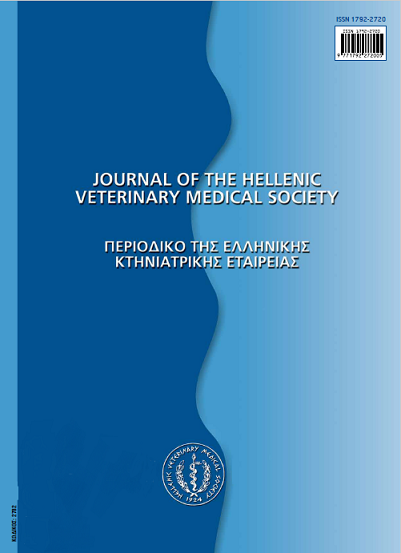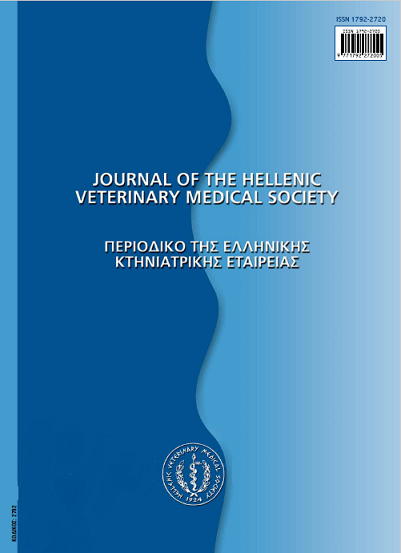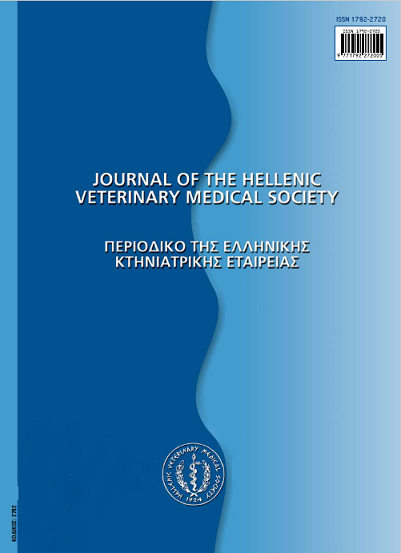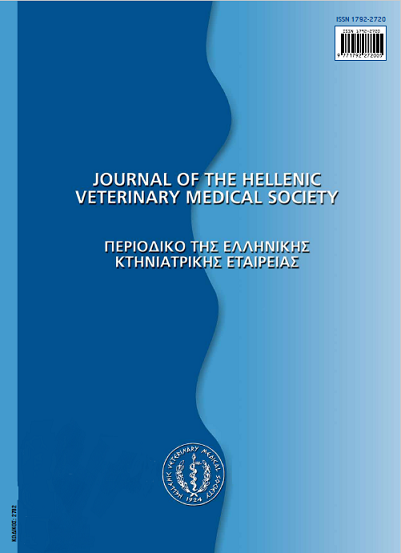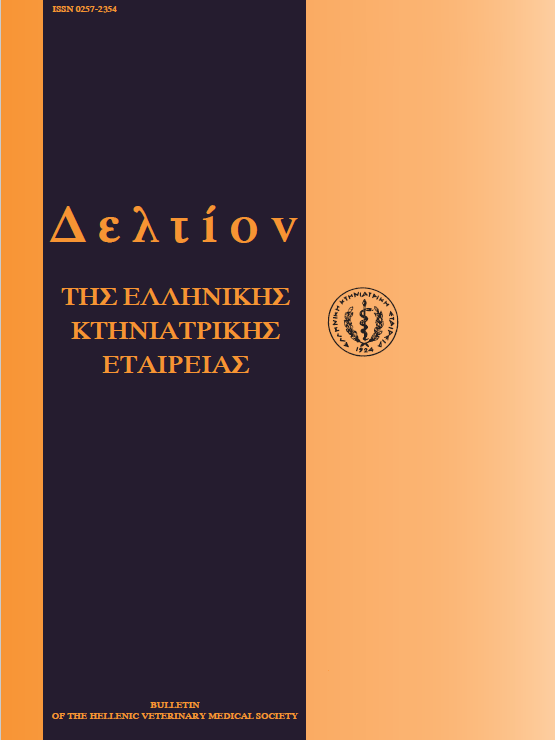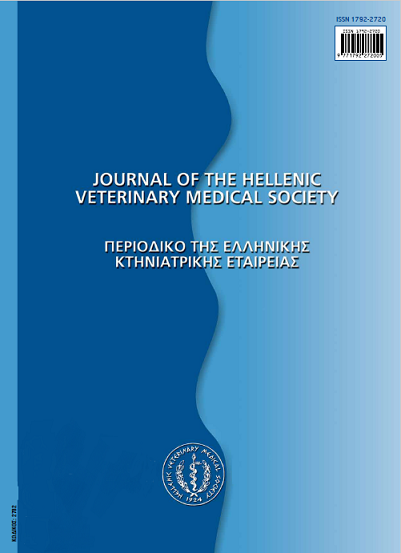Epizootic rabbit enteropathy - Current data and control
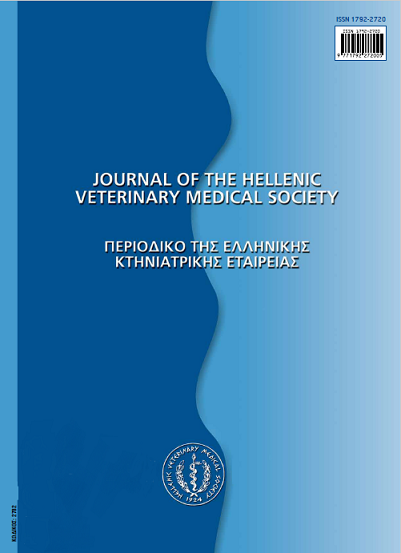
Abstract
Epizootic Rabbit Enteropathy (ERE) is an important syndrome that occurred in European rabbit farms the last ten years and is linked to massive deaths, mainly during the fattening period. ERE was first observed in France, in 1997, and was quickly spread in all rabbit-breeding European countries, e.g. Italy, Spain, Portugal, Belgium, Netherlands, Hungary, Germany, Great Britain and Greece. In Greece, ERE has been clinically identified since 2003 in several commercial rabbit farms, causing severe economic loss in country's rabbit farming sector. In other continents no ERE cases have been reported up to today. ERE is characterized by very high mortality, reaching up to 30-80%. The exact etiology of the syndrome is still unclarified, although in several cases, various known pathogens have been isolated, e.g. coccidia, E. coli, Clostridium spp., Enteroviruses, Rota, virus. Treatment is only symptomatic and is mainly based on the use of antibiotics. Prescribed antibiotics against ERE are thiamouline and tylozine. But, the antibiotic of choice is the water soluble bacitracin, which is exclusively permitted only for use in rabbit farms.
Article Details
- How to Cite
-
XYLOURI (Ε. ΞΥΛΟΥΡΗ) E., & FRAGKIADAKIS (Μ. ΦΡΑΓΚΙΑΔΑΚΗΣ) M. (2017). Epizootic rabbit enteropathy - Current data and control. Journal of the Hellenic Veterinary Medical Society, 57(4), 302–314. https://doi.org/10.12681/jhvms.15061
- Issue
- Vol. 57 No. 4 (2006)
- Section
- Review Articles
Authors who publish with this journal agree to the following terms:
· Authors retain copyright and grant the journal right of first publication with the work simultaneously licensed under a Creative Commons Attribution Non-Commercial License that allows others to share the work with an acknowledgement of the work's authorship and initial publication in this journal.
· Authors are able to enter into separate, additional contractual arrangements for the non-exclusive distribution of the journal's published version of the work (e.g. post it to an institutional repository or publish it in a book), with an acknowledgement of its initial publication in this journal.
· Authors are permitted and encouraged to post their work online (preferably in institutional repositories or on their website) prior to and during the submission process, as it can lead to productive exchanges, as well as earlier and greater citation of published work.



